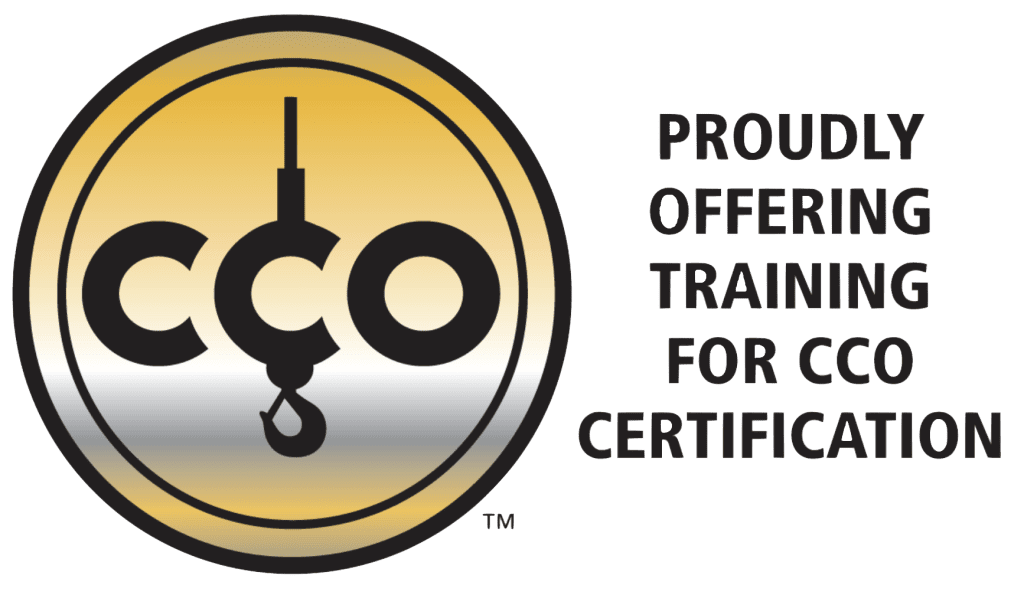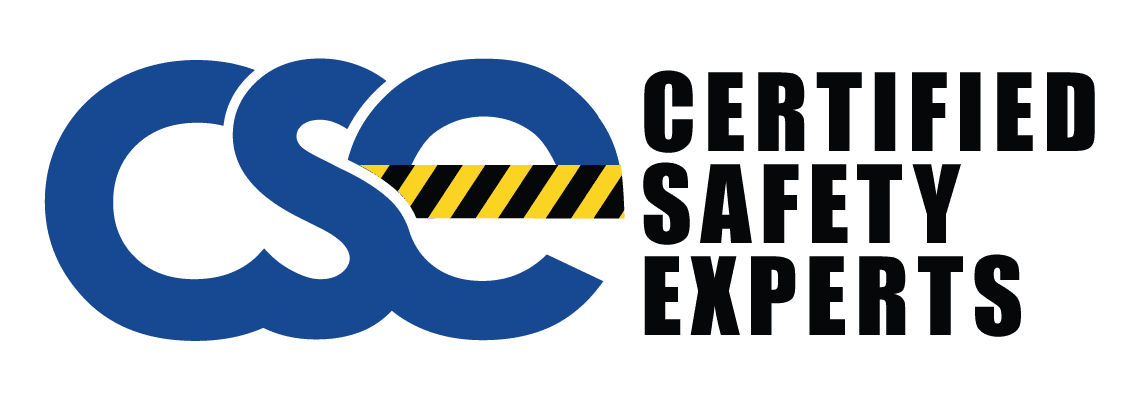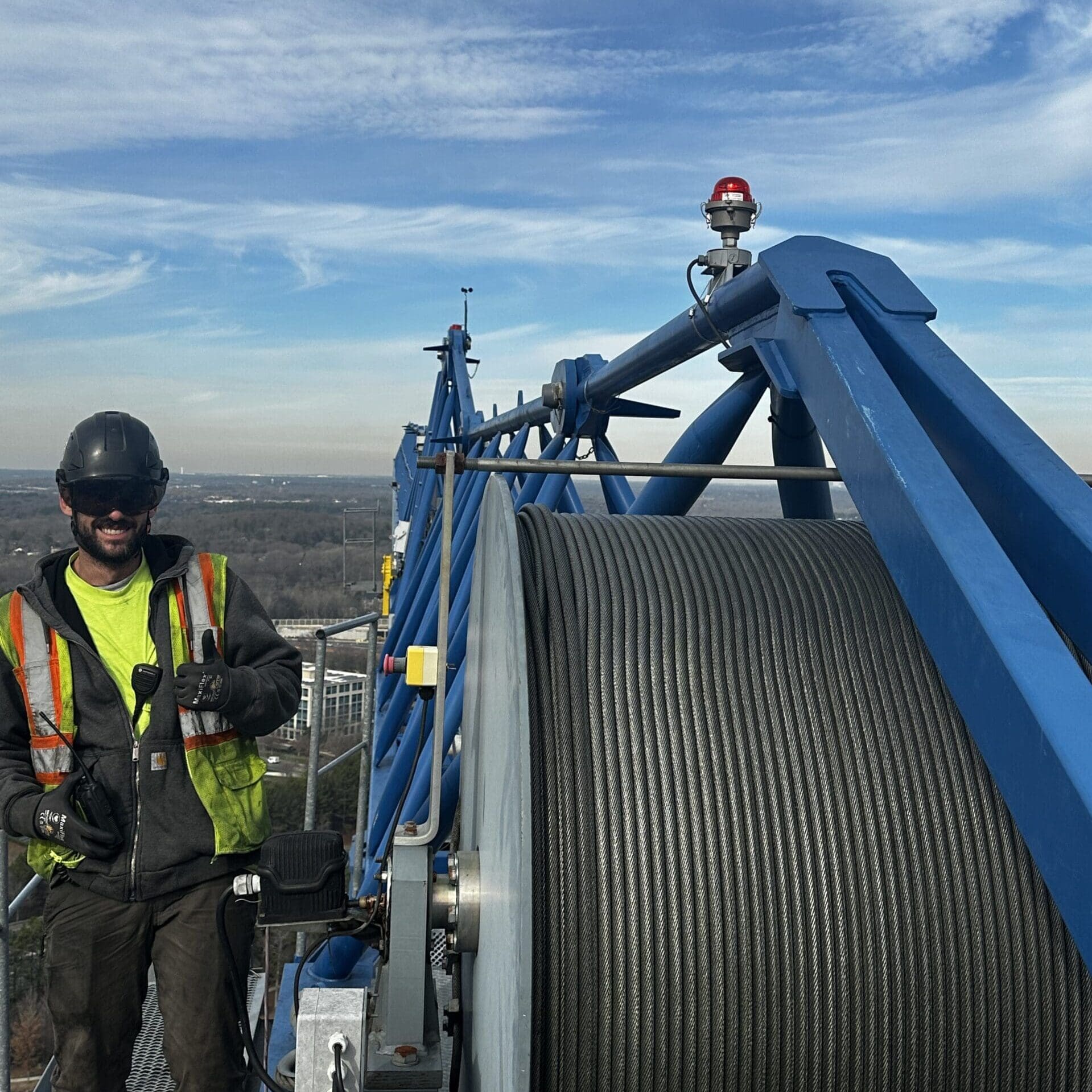Workplace safety is a crucial aspect of any business, no matter the industry. From construction sites to office buildings, potential hazards lurk in every corner, making it essential to take proactive steps to identify and mitigate risks. As a leader in safety training and certification, Certified Safety Experts is committed to promoting safer workplaces by offering comprehensive training programs and expert consultations. In this blog post, we will delve into some of the most common workplace hazards, the role of a workplace safety expert, and how businesses can protect their workers from injury and illness.
Why Workplace Safety Matters
The importance of workplace safety cannot be overstated. According to the U.S. Bureau of Labor Statistics, there were over 2.8 million non-fatal workplace injuries and illnesses reported by private industry employers in 2020. In the same year, approximately 4,764 workers were killed on the job. These staggering numbers emphasize the need for companies to prioritize workplace safety.
But it’s not just about numbers; it’s about people. Behind every statistic is an individual whose life has been affected by a workplace accident, be it through injury, long-term health issues, or death. Protecting employees from harm is both an ethical obligation and a smart business decision. Companies that prioritize safety reduce the likelihood of accidents, minimize downtime, improve employee morale, and avoid costly legal repercussions. This is where a workplace safety expert comes in.
The Role Of A Workplace Safety Expert
A workplace safety expert plays a pivotal role in identifying potential hazards, developing safety protocols, and ensuring compliance with regulatory standards. These professionals often come from a background in occupational health and safety, engineering, or a related field. Their expertise is invaluable in assessing workplace environments, identifying risks, and crafting strategies to mitigate them.
Certified Safety Experts provides a range of services designed to improve workplace safety. From conducting hazard assessments to offering training programs on OSHA standards, their certified professionals have the knowledge and experience to guide businesses toward creating a safer work environment. See more on Workplace Safety Expert Services At Certified Safety Experts.
Now, let’s explore some of the most common workplace hazards and how to mitigate them.
Slips, Trips, And Falls
Slips, trips, and falls are among the most frequent causes of workplace injuries. They can happen in any setting, from construction sites to corporate offices, and can lead to anything from minor bruises to severe injuries, such as broken bones or head trauma.
Common Causes
- Wet or uneven floors
- Poor lighting
- Cluttered work areas
- Lack of proper footwear
Prevention Strategies
- Regularly inspect floors and walkways for hazards
- Use signage to indicate wet floors
- Ensure proper lighting in all areas
- Implement housekeeping protocols to keep work areas tidy
- Provide non-slip footwear where applicable
A workplace safety expert can conduct a thorough inspection of the facility, identify potential hazards, and recommend solutions, such as non-slip mats, proper signage, and updated cleaning schedules to prevent accidents.
Ergonomic Hazards
Ergonomic hazards stem from improper workplace design and can lead to long-term health issues such as musculoskeletal disorders (MSDs). These hazards are most commonly associated with office environments, but they can occur in any job where employees are required to perform repetitive motions, lift heavy objects, or work in awkward positions.
Common Causes
- Poorly designed workstations
- Repetitive movements
- Lifting heavy loads
- Prolonged standing or sitting
Prevention Strategies
- Design workstations that promote good posture
- Encourage employees to take regular breaks to stretch and move around
- Provide ergonomic equipment such as adjustable chairs and standing desks
- Implement training programs on proper lifting techniques
Certified Safety Experts can help businesses evaluate their current work setups and recommend adjustments to improve ergonomics, thereby reducing the risk of long-term injuries.
Chemical Hazards
Many industries, particularly manufacturing, healthcare, and agriculture, use chemicals that can be hazardous if not handled correctly. Chemical hazards can cause burns, respiratory issues, and even long-term illnesses such as cancer.
Common Causes
- Improper storage of chemicals
- Lack of proper personal protective equipment (PPE)
- Inadequate ventilation
- Failure to follow safety protocols when handling chemicals
Prevention Strategies
- Store chemicals in designated, labeled containers
- Provide employees with appropriate PPE, such as gloves, goggles, and respirators
- Ensure proper ventilation in areas where chemicals are used
- Train employees on how to handle chemicals safely
A workplace safety expert from Certified Safety Experts can conduct a chemical hazard assessment and provide training on proper handling, storage, and disposal of hazardous materials to ensure compliance with OSHA regulations.
Electrical Hazards
Electrical hazards can cause shocks, burns, or even electrocution. These hazards are particularly prevalent in industries that use heavy machinery, but they can occur in any workplace where electrical systems are in use.
Common Causes
- Faulty wiring
- Overloaded circuits
- Lack of proper grounding
- Inadequate maintenance of electrical equipment
Prevention Strategies
- Conduct regular inspections of electrical systems and equipment
- Ensure all electrical work is performed by qualified personnel
- Avoid overloading circuits and using extension cords as permanent solutions
- Train employees on how to recognize and report electrical hazards
Certified Safety Experts offer specialized training on electrical safety and can help businesses develop comprehensive electrical safety protocols to protect workers from these life-threatening hazards.
Fire Hazards
Fires pose a serious risk to workplace safety. They can lead to property damage, injuries, and even fatalities if not properly managed. Ensuring that workplaces have fire prevention measures in place is crucial.
Common Causes
- Faulty electrical wiring
- Improper storage of flammable materials
- Lack of fire extinguishers or fire alarms
- Neglecting to follow fire safety protocols
Prevention Strategies
- Install and regularly test fire alarms and sprinkler systems
- Store flammable materials in approved containers
- Ensure fire extinguishers are easily accessible and employees are trained on their use
- Conduct regular fire drills to ensure employees know how to respond in an emergency
Certified Safety Experts can help businesses create and implement a fire safety plan that includes regular fire risk assessments, employee training, and proper maintenance of fire safety equipment.
Noise Hazards
Exposure to high levels of noise in the workplace can lead to hearing loss and other health issues. This is a common hazard in industries such as manufacturing, construction, and entertainment.
Common Causes
- Loud machinery
- Lack of noise-reducing equipment
- Prolonged exposure to high decibel levels
Prevention Strategies
- Provide employees with hearing protection, such as earplugs or earmuffs
- Implement noise reduction measures, such as installing sound barriers or using quieter machinery
- Limit employee exposure to high noise levels by rotating job duties
A workplace safety expert can perform a noise assessment in the workplace and recommend strategies to reduce noise levels, protecting employees’ hearing and improving overall workplace safety.
Biological Hazards
Biological hazards are common in healthcare, laboratory, and agricultural settings. These hazards include exposure to bacteria, viruses, fungi, and other microorganisms that can cause illnesses.
Common Causes
- Exposure to infectious materials
- Poor hygiene practices
- Improper handling of contaminated materials
Prevention Strategies
- Provide employees with PPE, such as gloves, masks, and gowns
- Implement proper hygiene protocols, including handwashing and sanitation procedures
- Ensure employees are trained in handling and disposing of biohazardous materials
Certified Safety Experts offers training programs on handling biological hazards safely and can help businesses develop procedures for preventing the spread of infections in the workplace.
Conclusion
Identifying and mitigating workplace hazards is essential for creating a safe and productive environment for employees. A workplace safety expert from Certified Safety Experts can help businesses navigate the complex world of occupational health and safety by offering tailored solutions for their specific needs. Whether it’s assessing chemical risks, improving ergonomics, or developing fire safety protocols, Certified Safety Experts can provide the guidance and training necessary to keep workers safe.
Investing in workplace safety is not just a regulatory requirement—it’s a commitment to protecting your most valuable asset: your people. By partnering with a workplace safety expert, you can reduce accidents, improve productivity, and foster a culture of safety in your organization.
Certified Safety Experts is dedicated to helping businesses of all sizes achieve a safer workplace. Contact us today to learn how our certified professionals can assist you in identifying and mitigating workplace hazards.




